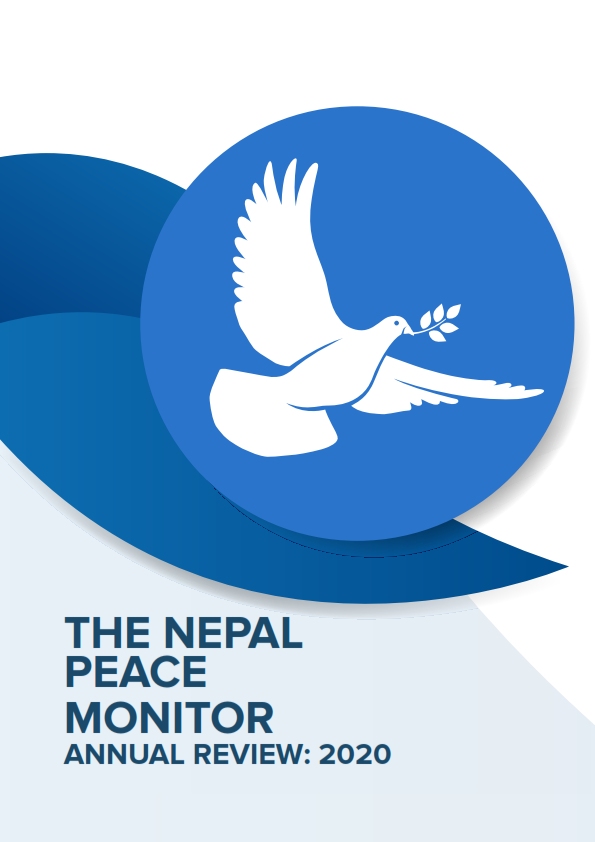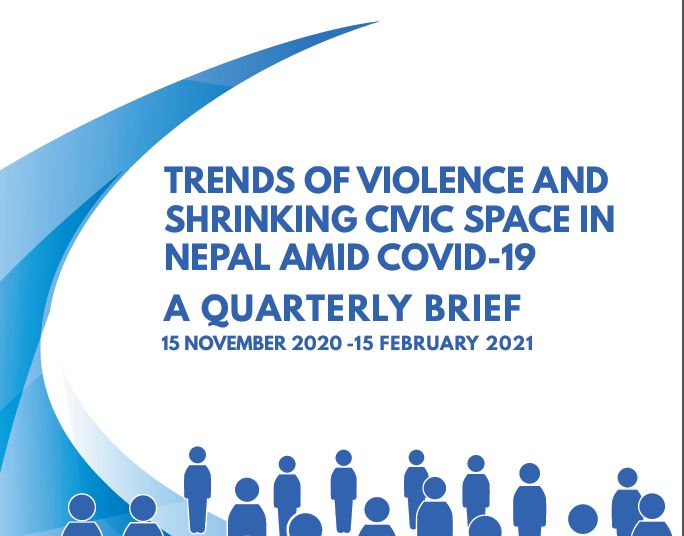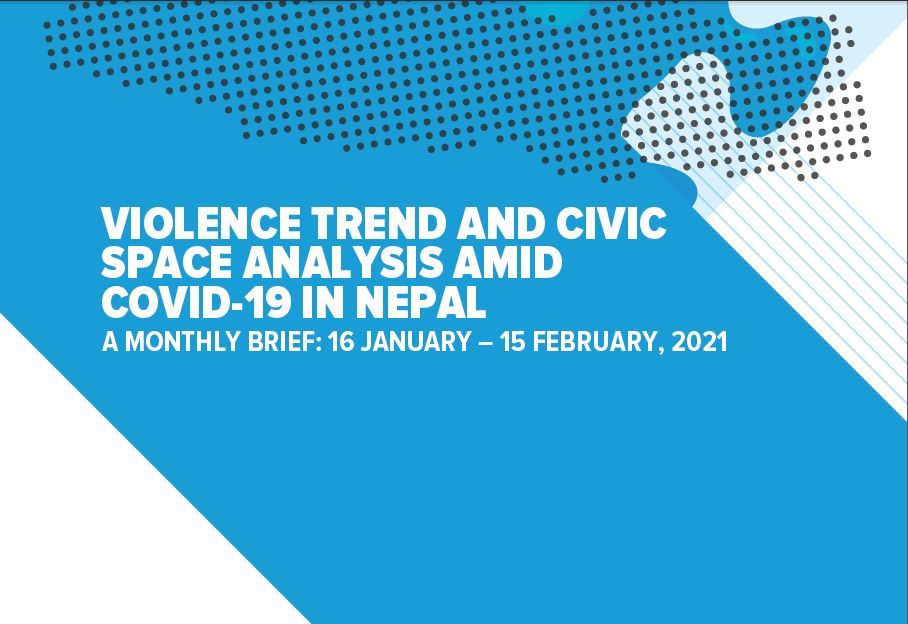At the end of July this year, my colleague Rukh Gurung and I started Adivasi Janajati Public Discussion Series at Martin Chautari, a research institute and public forum based in Kathmandu. The objectives of the series were twofold: First, to re-centre the everyday experiences of cultural, political, economic and gendered marginalisation faced by indigenous nationalities who collectively form an estimated 36 percent of Nepal’s total population; and second, to contribute to the promotion of open and constructive public dialogue around social differences and inclusion.
During our first monthly discussion of the series, we expected some heated arguments; but what we were not prepared for was the first-hand encounter with the surveillance state. The panel discussion that day focused on a critical analysis of the Adivasi Janajati movement in Nepal. The speakers comprised of an independent researcher, a writer, a journalist and a representative of the National Federation of Indigenous Nationalities. A few minutes before the panel discussion was due to start, a uniformed police officer walked into the seminar hall and started interrogating my colleague and I about the event. My colleague patiently replied to his questions, while I stood there—bewildered. Later, some of the guests entering the hall mentioned that two-three police officers were stationed outside Martin Chautari’s entrance gate. I was further informed by my other colleague that the police had come to inquire about the event earlier that day, which was followed up by a telephone call in the afternoon.
After the police officer left the seminar hall, some of the seasoned activists and guests shrugged off the interference, as though it was something routine and unsurprising because it was common for the police to monitor ‘these kinds of discussions and activities’ usually by deploying undercover or plainclothes police officers. But for the few of us, who were shocked and infuriated, that was not an appeasing explanation. The uniformed police officers might have left the hall, but the atmosphere of fear and intimidation lingered on, slowly developing into a burning rage as numerous questions started bombarding my mind: What was their intention? Why was it deemed necessary to deploy state security personnel at a public discussion? What threat did an open, public discussion on minority groups’ political struggles pose? Or perhaps, was that the precise reason—of us talking about inequalities in political terms—that we posed a threat to the state?
The police and their uniformed presence felt like a warning: The state is watching, and certain discussions on social differences and minority rights are so sensitive that they, including the people who are engaging in such discussions, need to be kept under strict surveillance of the state. But isn’t it ironical that such acts of surveillance and discipline were being enforced by the same Nepali state that is bound by the constitution, the law of the land, which guarantees freedom of expression and peaceful assembly; proclaims Nepal as a multi-ethnic, multi-lingual, multi-religious, and multi-cultural state; and commits to economic equality, prosperity and social justice for all? What does it tell us about how we can discuss social differences and inequalities in contemporary Nepal? Or are we even allowed to do so without the state declaring its parameters? Most importantly, how do we understand the Nepali state and its relations with its unequal citizens?
Oppressor/benefactor
As part of my professional and personal research interests, I have been interviewing various people and attending numerous events on issues related to minority groups. Here, I am using the term ‘minority’ not in relation to population figures but as social groups in a non-dominant position (as defined by the UN), which, in the case of Nepal, I consider to be women, sexual and gender minorities, people with disability and caste/ethnic groups such as Dalits, Madhesis and Janajatis. In most of my interactions, I find that the Nepali state tends to be projected as an oppressive, discriminatory and unified entity that draws upon various formal and informal institutions to legitimise its existence. Yet, at the same time, all the discussions, analysis and activism are geared towards understanding how best to position the minority groups’ demands for redress from the very Nepali state that oppresses them.
There appears to be some common and paradoxical understandings: First, the state oppresses; but at the same time, it is expected to protect and uphold human rights reified through assertions such as ‘the State should be responsible; the State should give justice’. And second, addressing historical marginalisation and prevailing discrimination are issues to be resolved between respective minority groups and the state, and nobody else. As such, there is no bad blood between different social groups because it is the state that is oppressive. So, the need to revisit our social relations, histories, stereotypes and biases and how power is reproduced through our everyday interactions do not get prioritised. Many, including myself, end up arguing that the state should uphold the ‘social contract’, but the question remains: What is the state? And its relations with minorities?
Deconstructing the ‘Nepali state’
The commonly assumed liberal theorisation of the state as a neutral arbiter safeguarding the interests of its citizens and upholding social contract must be problematised. The Nepali state, both encountered and imagined, is not a neutral entity; it epitomises historical and contemporary struggles of competing groups and interests for power and hegemony. And out of that emerges minorities and unequal citizens for whom claiming rights from the state is a constant political struggle.
Many anthropological works on the state (such as Akhil Gupta’s Red Tape) have shown that the state is not a unified entity either; it is composed of a wide range of institutions engaged in conflicting interests and power struggles. There is also a need to deconstruct the idea of a homogenous ‘Nepali state’ that is deemed both oppressive and benevolent, and instead explore various actors and institutions to understand how rights become rhetoric, and minority voices become political threats.
Limbu holds an MSc in Gender and Development from the London School of Economics.







